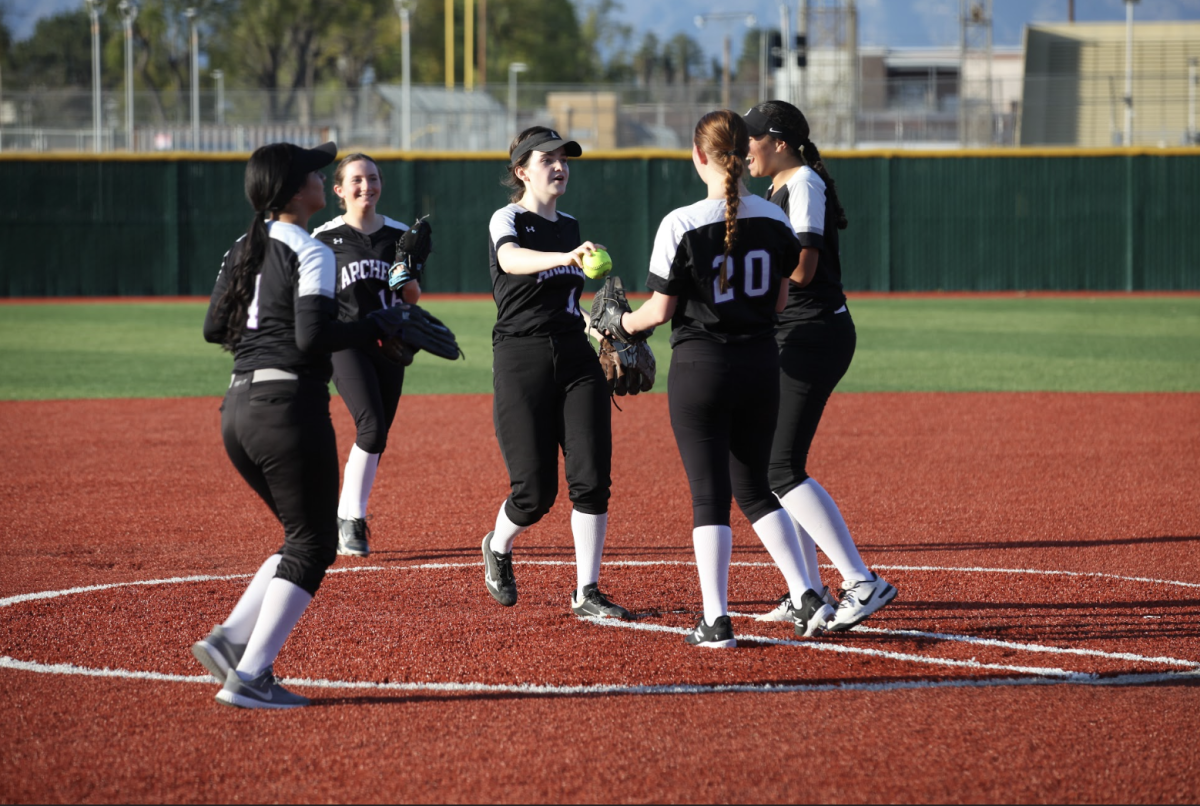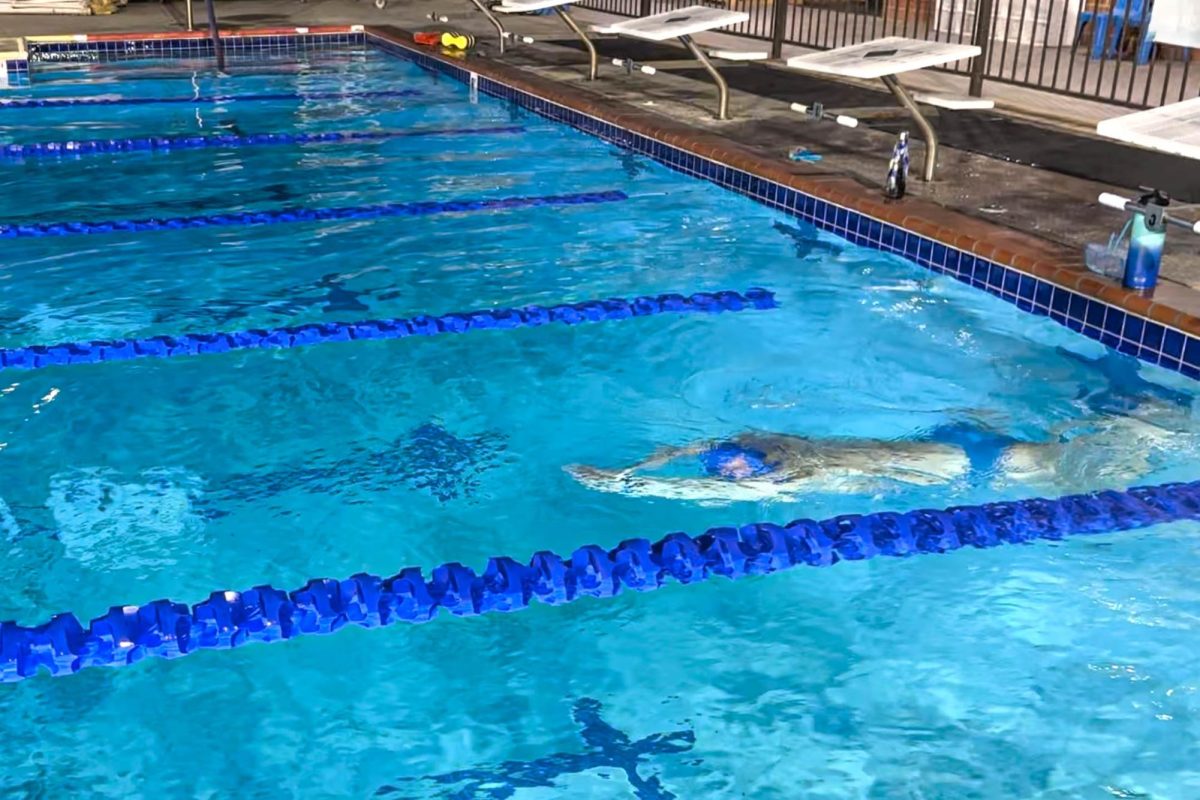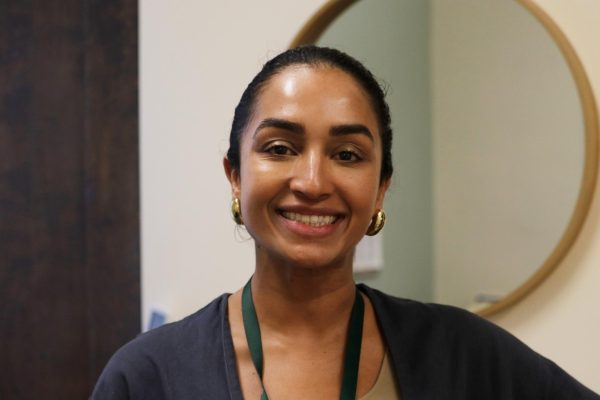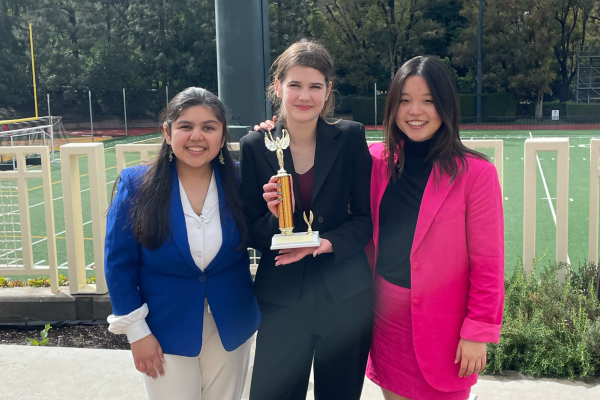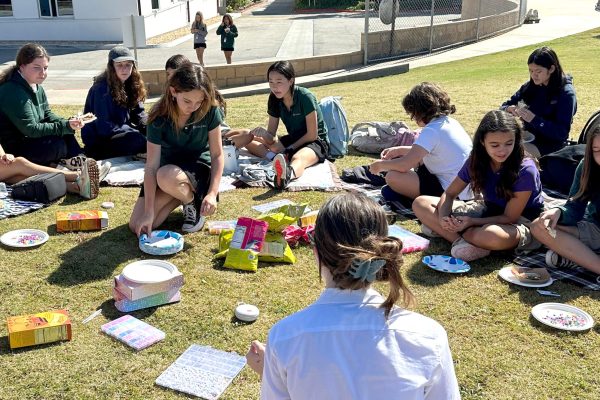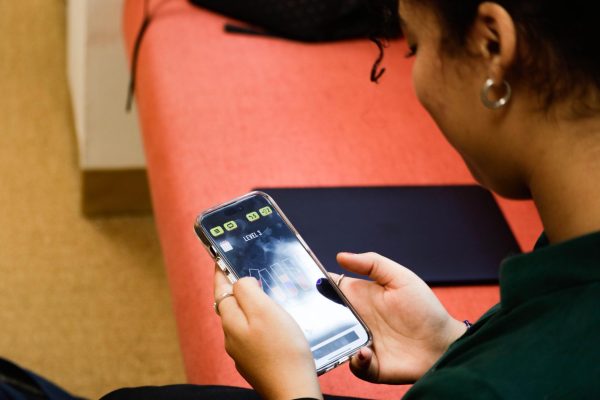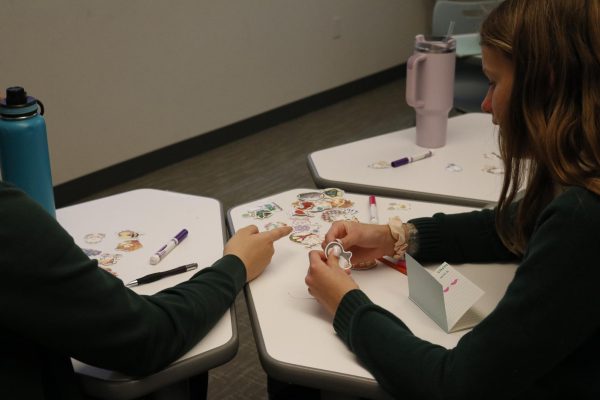Archer students and faculty work together to create safe learning environments
“We encourage girls to develop meaningful relationships with peers and faculty rooted in honesty, respect and responsibility,” reads Archer’s mission statement.
Since the founding of Archer in 1996, the school has promoted a close-knit community between students and faculty while also ensuring safe learning environments.
Almost 20 years later, whether it’s in the classroom or through extracurricular activities, members of the Archer community know each other well.
In order to maintain a sense of openness and closeness throughout the school, the community works together to ensure relationships with one another while upholding professionalism.
Student-Teacher Relationships
In light of recent occurrences of sexual assault at schools across the nation, as well as local cases in Los Angeles, Archer faculty and administration have increasingly acknowledged the importance of discussing how to create safe learning environments between students and teachers.
This year, Archer faculty spent time during faculty Professional Development days to have conversations to equip teachers with the necessary knowledge and guidance needed to accurately set boundaries.
“We worked with a woman named Dr. Monica Applewhite, who came and did a half-day professional development with our teachers around the concepts of maintaining professional boundaries,” Head of School Elizabeth English said.
According to Sara Rimm-Kaufmann from the University of Virginia who conducted research through the American Psychological Association, student-teacher relationships are necessary for obtaining positive and long-lasting implications on academic and social development of students.
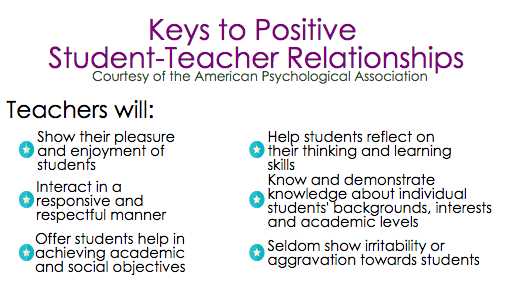 “Those students who have close, positive and supportive relationships with their teachers will attain higher levels of achievement than those students with more conflictual relationships,” Rimm-Kaufmann said. “Teachers who foster positive relationships with their students create classroom environments more conducive to learning and meet students’ developmental, emotional and academic needs.”
“Those students who have close, positive and supportive relationships with their teachers will attain higher levels of achievement than those students with more conflictual relationships,” Rimm-Kaufmann said. “Teachers who foster positive relationships with their students create classroom environments more conducive to learning and meet students’ developmental, emotional and academic needs.”
“Teaching is also a very intimate endeavour and I think that having been a teacher many years myself, I understand that when you’re teaching someone and you see them everyday and you’re engaged in the exploration of ideas, you become close with your students – it’s inevitable,” English said.
“But there’s a healthy closeness and there’s an unhealthy closeness,” she said, “and it’s incumbent upon adults in a school community to know and be very clear about what those boundaries are and to uphold them.”
Student to Student
Archer’s culture encourages close connections between students.
“I see instances very frequently of students looking out for one another, whether it’s through projects, helping to find something that they are missing and, most importantly, advocating for one another,” Librarian Stefanie Daehler said.

Tracey Thompson ‘16 and Reanna Wauer ‘16 believe that Archer’s supportive nature allows students to have “multi-sided conversations” to “share opinions openly,” which is necessary in cultivating bonds with one another both socially and educationally.
As girls take leaps of faith in growing as students, friendships and bonds become more important when creating the support necessary for each girl to feel confident in themselves.
“I love seeing students celebrating each other’s work when people have taken risks, especially artistically, and I think that helps foster a safe space to emphasize that risk taking, which is worth celebrating,” Daehler said.
“Archer has strong-built student-to-student relationships, which helps improve their collaboration skills both in and out of the classroom,” Sophie Evans-Katz ’18 said. “By feeling included, I feel safe in the classroom in which I’m supported by the rest of my peers, giving me the confidence to speak my mind.”
Faculty Perspective
School Counselor Patty Lancaster has worked at Archer for 17 years and has experienced different stages of Archer’s initiatives to ensure a comfortable environment for both students and faculty.
“During my time at Archer, when asked by administration, I facilitated meetings or discussion groups with teachers to clarify teacher-student relationships and professional boundaries.” Lancaster said.
“Not only did this provide a place to clarify boundaries, but it gave teachers a chance to support each other if questions arose about how to handle a situation,” she said.
Personal relationships add to the connections that teachers and students create with one another; however, it is important for both parties to maintain a sense of professionality.
“I start the year with sixth graders discussing what will happen in our class and what my expectations are…We also study the brain and discuss what we need to learn – beginning with an environment that is challenging but not threatening and the importance of making emotional connections to each other,” Theresa Dahlin, sixth grade History teacher, wrote in an email interview.
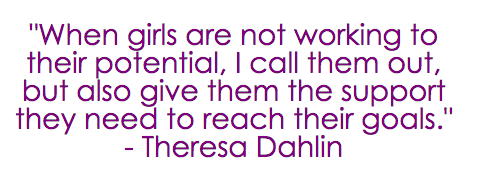
“I am known as ‘Mama D’ and command that sort of maternal respect just with my age and demeanor,” Dahlin wrote. “Girls know that they can come to me with any problem or question, but also that I have extremely high standards for behavior and academics.”
“Professional boundaries as a teacher, I think, are rooted in focusing on what is best for the student, and also recognizing that our goal as an educator is to help a student develop skills, understand better who they are as a person and doing that in the safest environment possible,” English Department Chair Brian Wogensen said.
“It doesn’t mean we’re automatons or robots or that we don’t share stories or share mutual passion and love for learning and disciplines. Those things, I think, are crucial for successful learning,” he said.
Kate Webster ‘07 joined the Archer faculty in the fall of 2014 as a 10th grade advisor and English teacher. As an Archer alumna, she has experienced both sides of being a student and teacher in the Archer community.
“Being an Archer alumna certainly gives me a common experience with current students and allows me, therefore, to empathize with them in a very literal way; that understanding goes a long way in creating a bond,” Webster wrote in an email interview.
“I’ll be Ms. Webster to all students until they have their diplomas. After that, they’ll join me in the Alumnae community where I am Kate.”
As a male faculty member in an all-girls school, Lane Fischman, eighth and ninth grade science teacher, shared that it is necessary to be more careful about what he says and does, in order to ensure that his actions and words are not perceived in the wrong way.
“When you are working one-on-one with a student, you have to take those extra precautions to make sure that it is that much more obvious that everything is very professional,” Fischman said.
“There are distinct things that a teacher could do,” Wogensen said, “like having the door opened when you’re meeting, having no contact with students via social media.”
“I think the male faculty at Archer do a fantastic job of making students comfortable to ask questions and share what’s on their minds. They are great resources for students, and ensure that every conversation is productive and appropriate for the situation,” Sarah Boehm ‘16 said.
Implementation
As there may be discrepancies in any situation, administration is fully prepared to address any issues that may arise.
“I take all concerns that students have regarding teachers seriously. Most times students need help advocating for themselves and I help them with these skills. If there is a concern about boundaries between student and teacher, I refer them to their Division Director. Ms. Coyne and Ms. Pavliscak maintain close contact with their teaching staff, and can address any concern,” Lancaster said.
“The most important thing is for the adults to understand that it’s the adult’s job to uphold the boundaries — it’s never a student’s fault — and I think that one of the things that troubles me, particularly when we talk about girls and transgressions, is that it’s very common to blame the victim,” English said.
“We can’t send the message clearly enough, whether it’s a male faculty member or a female faculty member: it’s the adult’s responsibility for what happens in that relationship.”
Dr. Applewhite will be back during the beginning of the 2015-2016 school year to work with both students and parents, according to English.
The Human Development program will also aim to touch on subjects relating to maintaining relationships extending to relationships between students and teachers.
“Everyone needs to know what the rules are and be speaking the same language,” English said.
“It’s so hard to come forward to begin with that when a girl comes forward, we have to be completely responsive — or else what’s the message? The message is don’t talk. Don’t speak up for yourself, and that’s not what Archer is about,” she said. “If we don’t honor the girl who speaks up with responsiveness, we don’t take her seriously, and then we’re not practicing what we preach.”
“I think when a community has a culture of openness and trust, it’s much easier for us as adults to ensure that we don’t cross a line,” English said.
“Perhaps the best asset that Archer has,” she said, “is the trustworthiness and openness of our community.”
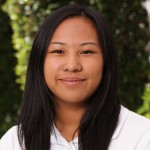
Carina Oriel graduated in 2016. She joined the Oracle staff in the middle of her junior year and became News & Features Editor for the 2015-2016 school...




![Freshman Milan Earl and sophomore Lucy Kaplan sit with their grandparents at Archer’s annual Grandparents and Special Friends Day Friday, March 15. The event took place over three 75-minute sessions. “[I hope my grandparents] gain an understanding about what I do, Kaplan said, because I know they ask a lot of questions and can sort of see what I do in school and what the experience is like to be here.](https://archeroracle.org/wp-content/uploads/2024/03/grandparents-day-option-2-1200x800.jpg)


















